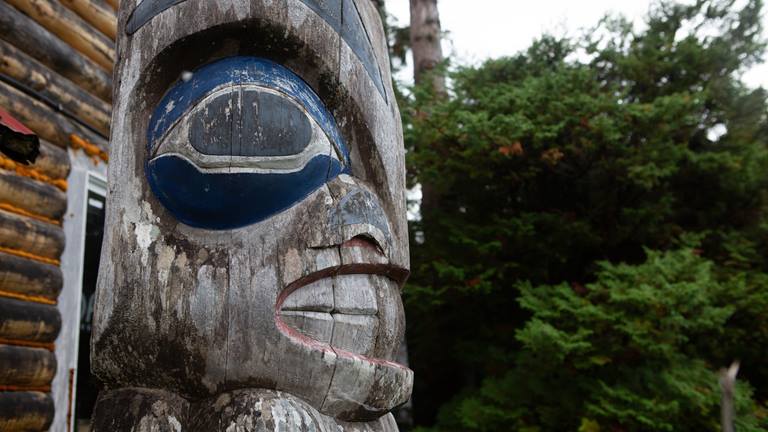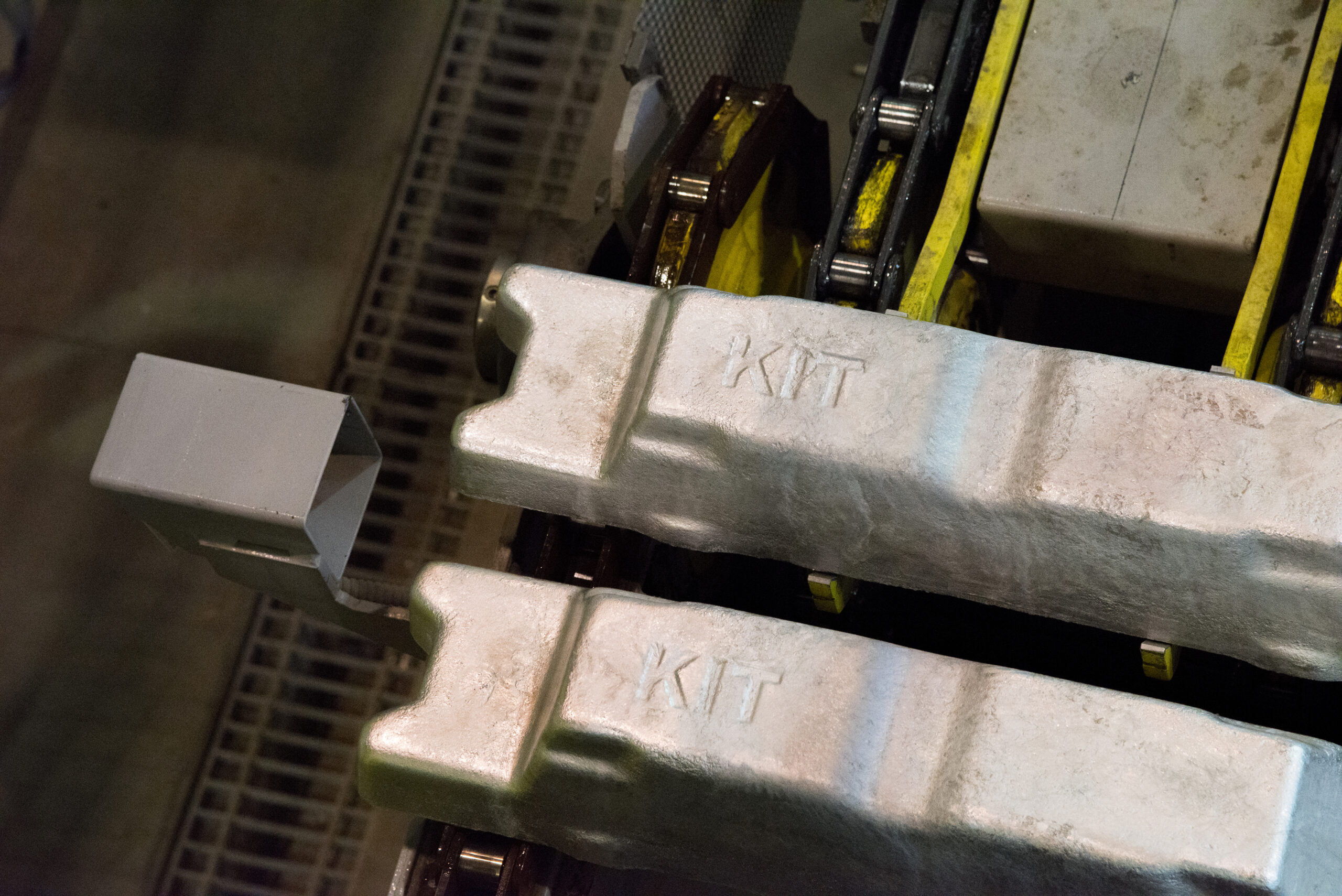Our Operations
BC Works
For more than 65 years, we have been working with communities in northwest British Columbia to produce some of the world’s lowest carbon footprint aluminium.
We are committed to operating a sustainable business that reflects the world around us.Our modernised smelter in Kitimat incorporates leading technology and is considered one of the cleanest, most efficient and competitive smelters in the world.
We are also investing in improvements to our assets in the Nechako Region to ensure our operations continue to deliver benefits to our host communities for decades to come.
We are striving to be world class in all that we do, and that includes the way we engage with our people and communities about our operations.
Operational Footprint
Our BC Works operations extends across many communities in northern British Columbia, including 17 different First Nations Traditional Territories. From Kitimat, Kemano, and in the Nechako Reservoir, our operations span across Southside (Ootsa Nadina and Wisteria), Nechako River and tributaries, Fraser Lake, Vanderhoof and Prince George.
Our goal is to build trust and foster mutually beneficial relationships with the communities in which we operate in BC, and to ensure that our operations create lasting benefits for many years to come. Guided by our community policy, we focus on building trust through open and honest dialogue, active local and regional partnerships and a long-term commitment to sustainable development.

Nechako Reservoir
We know we must manage this precious resource carefully, and in doing so, we are committed to working closely with our communities for whom the Nechako Reservoir is so important.
The Kemano Powerhouse that powers the Kitimat smelter with clean energy, receives water from the Nechako Reservoir.
The hydroelectric reservoir was formed by the construction of the Kenney Dam on the Nechako River and nine smaller dams which inundated a chain of lakes and rivers. The Nechako Reservoir finished filling in 1957, and is 233 km long, with a water surface of 910 km².
Lowest Carbon Aluminium
Aluminium will play a key role in the transition to a low-carbon future. Lightweight and infinitely recyclable , it’s found in everything from jet engines to electric vehicles to mobile phones.
Sustainably produced aluminium is a material of choice to reduce carbon and increase recycling across a wide range of end products.
Our aluminium – Renewal™ – has a CO2 footprint three times lower than the industry average and is helping to provide a cleaner start to the lifecycle of products that are fabricated using aluminium.
In 2018, our BC Works operation became the first to be granted the aluminium industry’s certification by the Aluminium Stewardship Initiative (ASI). Today, all of our aluminium operations across Canada are certified to the industry’s highest standards for responsible production, sourcing and stewardship of aluminium.
